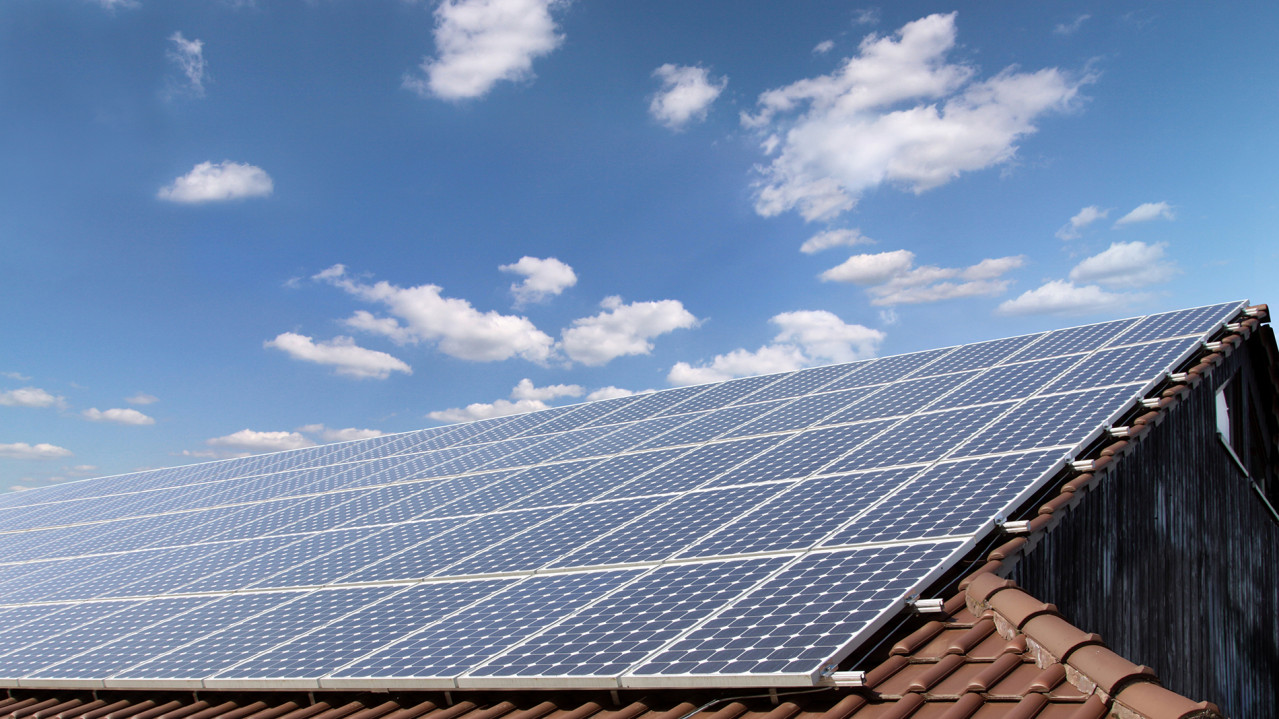
Your own energy throughout the year
In summer, many owners of a PV system and an electricity storage unit achieve a high degree of self-sufficiency of over 90%. In winter, this value drops drastically. A combined heat and power plant could provide a completely independent power supply.
During summer, owners of photovoltaic systems (PV systems) and battery storage units achieve high self-sufficiency, over 90%. This means that only 10% of the electricity is purchased from the grid. No wonder, the sun is shining, and the PV system is running at full speed. The sonnenBatterie can store a particularly large amount of electricity and distribute it cleverly to the consumers in the household.
But what happens in winter when the sun shines only sparingly? Do you have to give up your independence then? Not at all - your PV system also runs in winter and provides clean electricity. Of course, the yield is lower than in summer and more electricity must be drawn from the grid.
It makes perfect sense to add another power generator. The advantage of the sonnenBatterie is that it cannot only store solar power but can also be easily combined with other generators such as wind turbines, fuel cells or a combined heat and power plant. These technologies often complement each other ideally and fill the energy gaps at any time of the year.
What is a combined heat and power unit?
When you think of a combined heat and power plant (CHP for short), you might first imagine an industrial-scale gas-fired power plant. However, if one is talking about such a power plant for use in a single-family home, it is more likely a micro-cogeneration plant.
This is much more compact, but still a small all-rounder - especially during the colder periods of the year. Powered by gas or sometimes oil, the unit's engine generates heat to heat the household on the one hand and electricity on the other. The power is usually split: 2 kW of heating power and 1 kW of electrical power.
The electricity produced can either be fed directly to consumers in the house or transported to the public grid in exchange for a feed-in tariff. However, the feed-in tariff has decreased considerably in recent years, which is why self-consumption of electricity has become more attractive. Since the CHP runs around the clock in winter, a constant power output of one kilowatt can be generated. This is usually sufficient for appliances that draw electricity on the side (such as a refrigerator) or are in standby mode.
However, if consumption increases - for example in the evening when the whole family is at home - 1 kW of power is no longer enough to cover the entire demand. And this is where the sonnenBatterie comes into play: it stores the electrical energy generated by the CHP when it is not needed. This is the case at night, for example, when the electricity is not being consumed and would actually be fed into the grid.
The sonnenBatterie and the micro-CHP are connected to each other via a cable. The intelligent energy management system of the battery storage unit recognises when electricity is being produced and can be stored, or when the electricity is finally needed in the household. As soon as the power limit of the CHP alone is exceeded, the sonnenBatterie can be called in. The required electricity can then be drawn from it.
Independent energy supply
Even in winter, the CHP unit and battery storage manage to keep your self- consumption as high as possible. You can always come home with a good feeling: Your home is warmed with self-generated energy, as is your tea from the kettle. This means that not only in summer but also during the cold seasons, you don’t have to buy much energy from the grid. You remain maximally independent all year round, so to speak.






